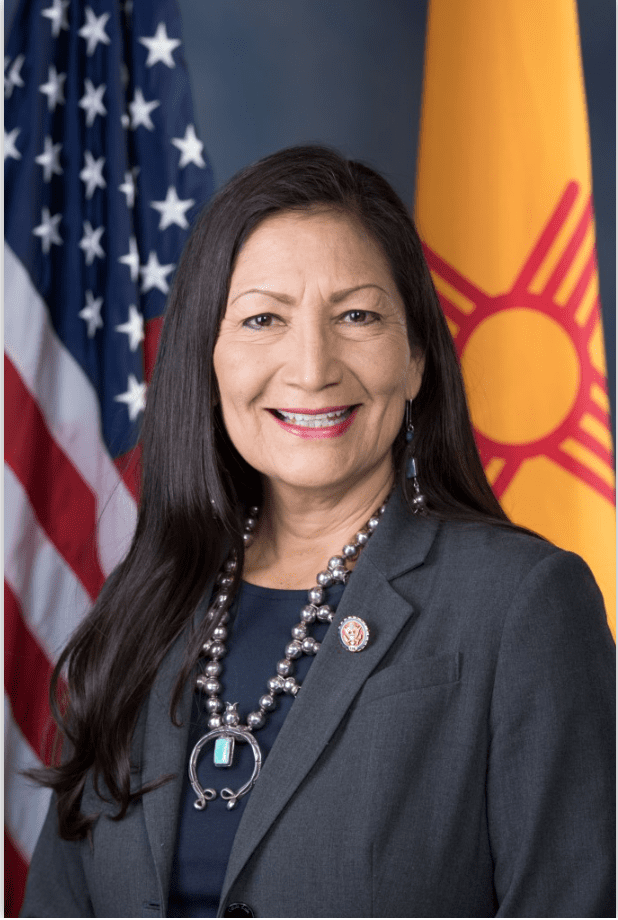Story from DSC
On Monday, March 15, 2021, the U.S. Senate confirmed Rep. Deb Haaland as the President’s Secretary of the Interior. With this confirmation, Secretary Haaland becomes the first Native American to hold a White House Cabinet secretary position. The Senate confirmed Haaland on a 51-40 vote, largely along party lines.

Secretary Haaland grew up around hunting and fishing, and DSC is encouraged by her testimony at her confirmation hearing. She has been quoted as saying, “I am a Pueblo woman. We have been hunting wild game for centuries. My dad, my grandparents, my brother, they all hunt. In fact, I was fortunate to harvest an Oryx from the White Sands missile range. I absolutely understand and respect the sportsman and the anglers and their traditions. If confirmed, I look forward to working to ensure that all Americans have the kinds of opportunities that my family and I have had.”
DSC does have concerns that the organization plans to communicate with the Secretary. As a Representative from New Mexico, she signed onto the Conserving Ecosystems by Ceasing the Importation of Large Animal Trophies Act (CECIL) in the 116th Congress. This legislation, based on emotion and not sound science, remains very troubling, as it acts against the will of sovereign nations and without their consultation. Further, it would eliminate some of the most successful conservation programs in Africa and does not respect the rights of those that manage and live with the species the legislation claims to protect.
DSC Executive Director Corey Mason stated, “We remain concerned with legislation such as the CECIL Act and other anti-hunting initiatives that Secretary Haaland has supported in the past, but we look forward to working with Department of the Interior to support science-based conservation for the benefit of all wildlife and wildlife habitat.”


